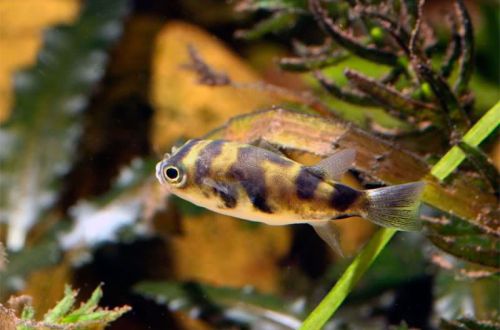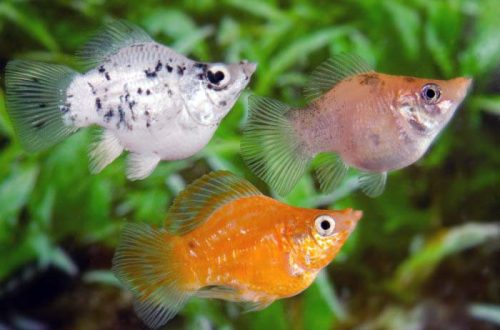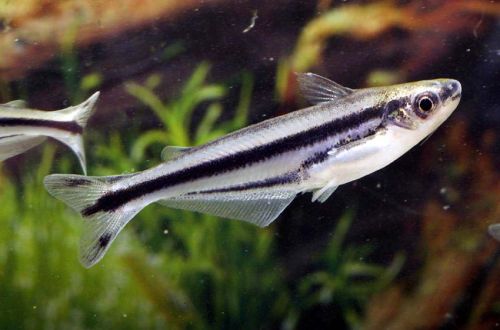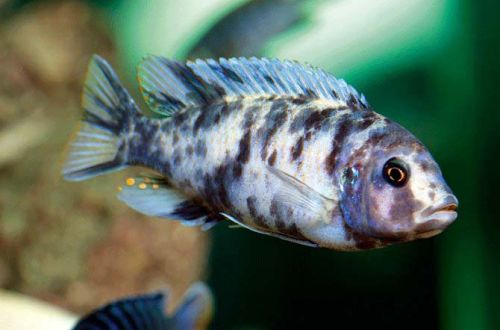
Spotted Mbuna
Spotted Mbuna (OB Mbuna) is the natural color form of some Malawian cichlids native to Lake Nyasa in Africa. They are an example of natural polymorphism within the same fish population.

The spotted pattern is probably associated with a violation of the distribution of dark melanin pigment. Instead of being evenly distributed throughout the body, melanin cells are concentrated into dense dark spots, in between which the main color appears.
OB Mbunas are the result of a random mutation, but at the same time they are perfectly healthy and easily interbreed both with each other and with representatives of their own species, but with a “normal” coloration.
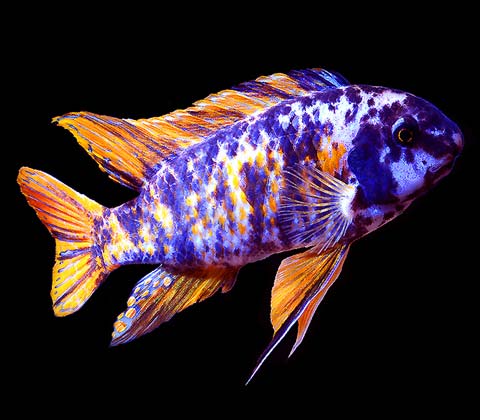
Maintenance and care
Content features are similar to other Mbuna. For a group of 5–6 fish, a spacious aquarium of 150–200 liters is required. The design uses a sandy substrate and heaps of stones, driftwood. It is important to provide for the presence of shelters in the form of caves, where subdominant individuals, females, will hide during spawning.
Of key importance for long-term maintenance is the hydrochemical composition of water, which differs significantly from most freshwater reservoirs. For cichlids from Lake Nyasa, it is necessary to provide high pH and dGH values - 7.6–8.8 and 8–25, respectively.
Maintenance of an aquarium includes at least two main procedures – weekly replacement of part of the water with fresh water and removal of organic waste (food leftovers and excrement).
Food
In nature, they feed on a coating of algae, which the fish scrape off the surface of stones and rocks. Together with algae, small crustaceans, insects and other organisms come across. Thus, the daily diet should contain both vegetable and protein substances.
A good choice for the beginner aquarist is food that has been developed specifically for Mbuna cichlids and comes in a variety of forms (flakes, pellets, tablets, etc.).
Behavior and Compatibility
Temperamental quarrelsome fish. In a closed aquarium ecosystem, it is recommended to maintain a group composition with one male and several females. Compatible with other representatives of the Malawian cichlids, provided that they are kept in large tanks of several hundred liters. Otherwise, skirmishes between males are possible, during which weak individuals may die.



